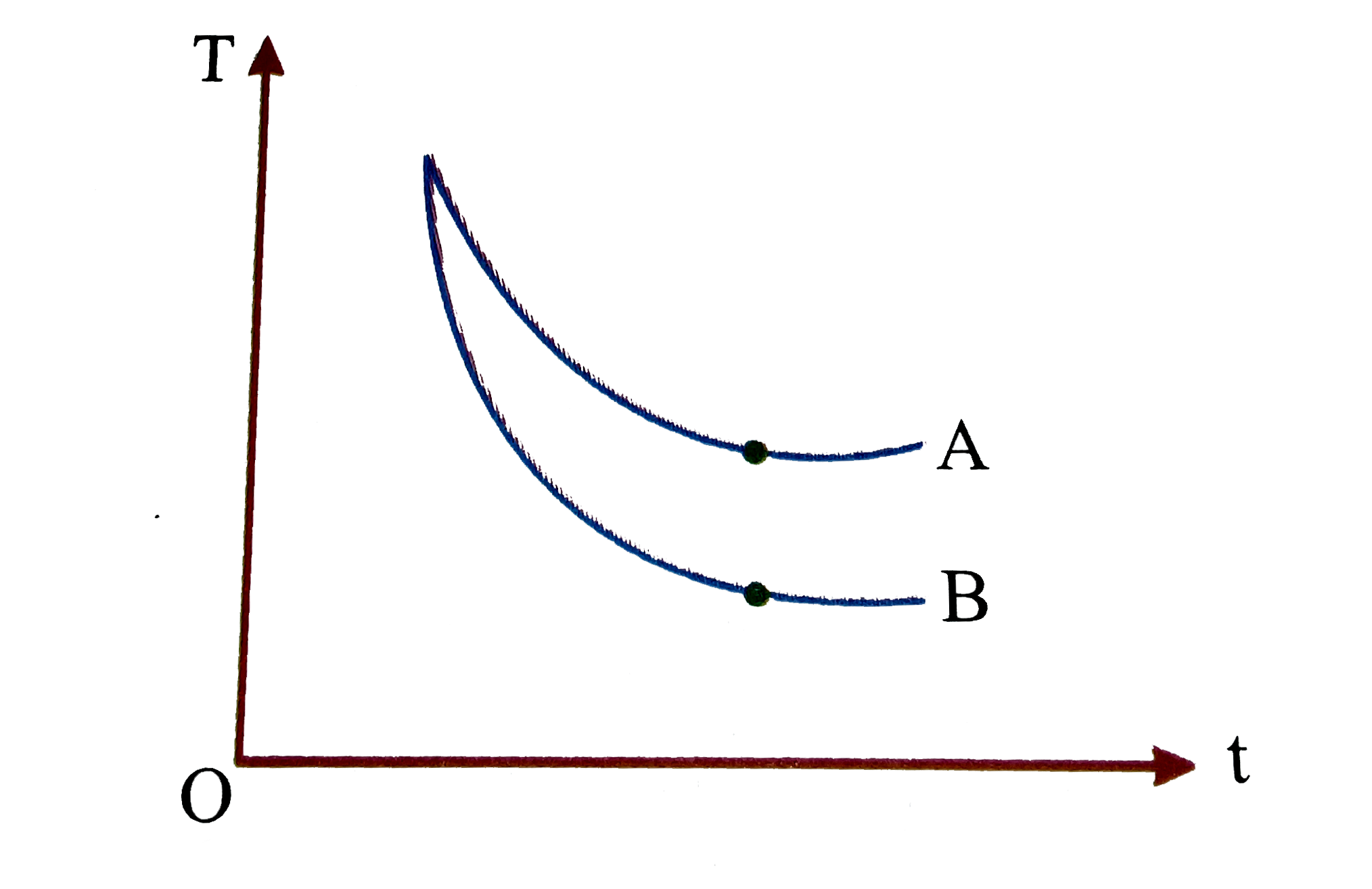Four samples of natural water from different sources are taken in four petri dishes in equal quantities. These are marked as A, B, C, D and kept in an oven till the entire water vaporizes. When they were taken out, it is observed that sample marked 'C' left maximum amount of residue while sample marked 'B' left negligible amount of residue. 'A' and 'D' left almost same amount of residue.
Identify B and C
To solve the question, we need to analyze the information given about the four samples of water (A, B, C, D) after they have been evaporated in an oven.
1. Understanding the Experiment: We have four samples of natural water from different sources (A, B, C, D) placed in petri dishes. They are heated until all the water evaporates, leaving behind any dissolved substances as residue.
2. Observing Residue: After evaporation, we note the amount of residue left:
- Sample C left the maximum amount of residue.
- Sample B left negligible residue.
- Samples A and D left almost the same amount of residue.
3. Analyzing Sample B: Since sample B left negligible residue, it indicates that there were very few or no dissolved salts in it. The most likely source of such water is rainwater, which is generally pure and contains minimal dissolved substances.
4. Analyzing Sample C: Sample C left the maximum amount of residue, which suggests that it contained a high concentration of dissolved salts. The most common type of water that has a high salt content is seawater or saline water.
5. Identifying Samples: Based on the analysis:
- Sample B is identified as rainwater.
- Sample C is identified as sea water or saline water.
Conclusion:
- Sample B = Rainwater
- Sample C = Sea Water (Saline Water)
- Sample C left the maximum amount of residue.
- Sample B left negligible residue.
- Samples A and D left almost the same amount of residue.
- Sample B is identified as rainwater.
- Sample C is identified as sea water or saline water.
- Sample B = Rainwater
- Sample C = Sea Water (Saline Water)
Topper's Solved these Questions
- BOOK - PEARSON IIT JEE FOUNDATIONCHAPTER - WATER-A WONDER LIQUID EXERCISE - Test Your Concepts (Very Short Answer) Fill in the blanks25videos
WATER-A WONDER LIQUID
- BOOK - PEARSON IIT JEE FOUNDATIONCHAPTER - WATER-A WONDER LIQUID EXERCISE - Test Your Concepts (Very Short Answer) Select the correct alternative6videos
WATER-A WONDER LIQUID
- BOOK - PEARSON IIT JEE FOUNDATIONCHAPTER - WATER - A WONDER LIQUIDEXERCISE - Crossword1videos
WATER - A WONDER LIQUID
Similar Questions
Four samples of natural water from different sources are taken in four petri dishes in equal quantities. These are marked as A, B, C, D and kept in an oven till the entire water vaporizes. When they were taken out, it is observed that sample marked 'C' left maximum amount of residue while sample marked 'B' left negligible amount of residue. 'A' and 'D' left almost same amount of residue.
(a) Identify B and C
(b) Predict the sources of A and DView SolutionFour samples of natural water from different sources are taken in four petri dishes in equal quantities. These are marked as A, B, C, D and kept in an oven till the entire water vaporizes. When they were taken out, it is observed that sample marked 'C' left maximum amount of residue while sample marked 'B' left negligible amount of residue. 'A' and 'D' left almost same amount of residue.
Predict the sources of A and DView Solution
Knowledge Check
- Question 1 - Select One
The evaporation, residue left is
ASolventBSoluble solidCbothDNone - Question 2 - Select One
When bleaching powder is dissolved in water the residue left is
ACaCl2BCa(ClO3)2CCaODCa(OH)2 - Question 3 - Select One
Water and turpentine oil (of specific heat less than that of water) are both heated to same temperature. Equal amounts of these placed in indentical claorimeters are then left in air.
 ATheir colloing curves be identicalBA and B will represent cooling curves of water and oil respectively.CB and A will represent cooling curves of water and oil, respectively.DNone of these
ATheir colloing curves be identicalBA and B will represent cooling curves of water and oil respectively.CB and A will represent cooling curves of water and oil, respectively.DNone of these
Four samples of water [H2O] are collected from different sources, Each sample on analysis was found to containsame percentage of oxygen. Which law of chemical combination is demonstrated by the above observation?
View Solution25 mL each of water and alcohol are taken in two separate dishes and left exposed to air. What do you expect to observe ?
View SolutionFour vessels A, B, C and D have different shapes and hold different amount of water. Which of the following is correct.
 View Solution
View SolutionThe residue left after methane production from cattle dung is
View SolutionThe residue left after methane production from cattle dung is
View Solution

